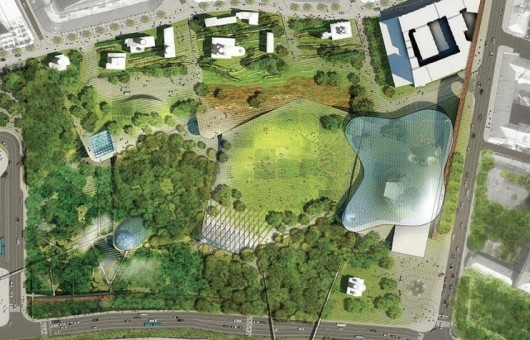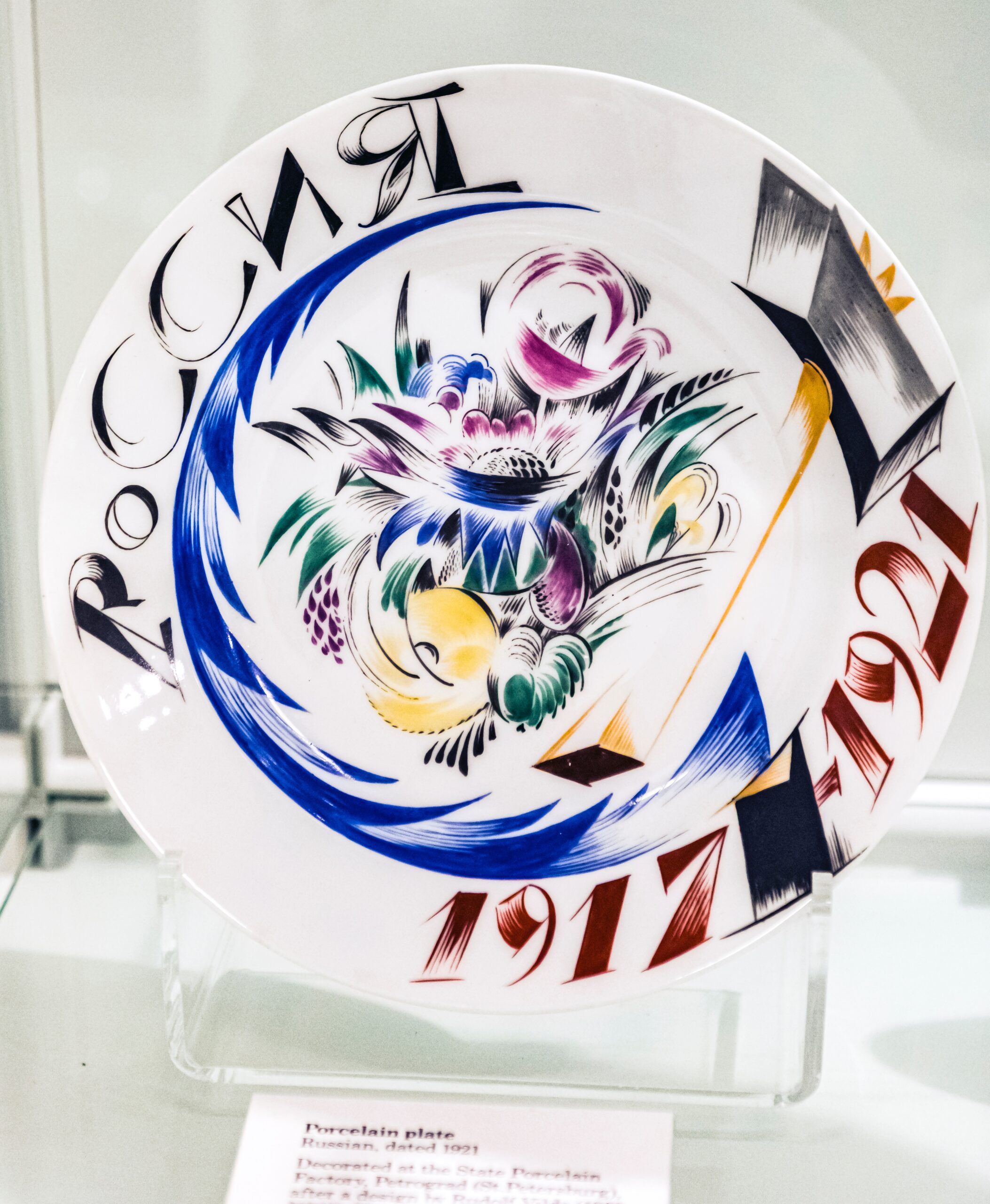Reimagining Moscow’s Urban Landscape
In the heart of Moscow, a groundbreaking project is taking root – Zaryadye Park, envisioned by the acclaimed design studio Diller Scofidio + Renfro (DS+R). This ambitious undertaking, awarded first prize in an international competition in 2013, aims to transform the city’s green spaces, marking Moscow’s first new park in half a century.
A Wilderness Amidst the Metropolis
Critics have scrutinized the park’s approach, drawing parallels to a “theme park culture” with a naturalized twist. While the concept of an ecological theme park is not novel, DS+R introduces a unique blend of technology and process-based horticulture, challenging traditional notions of urban wilderness. The proposed park, set to occupy the site of the abandoned Hotel Rossiya, is not just about introducing greenery but redefining the city’s relationship with nature.
Microclimates and Artificial Renditions
DS+R’s innovative design for Zaryadye Park transcends the ordinary, incorporating four artificial microclimates that mirror Russia’s diverse landscapes – the steppe, the forest, the wetland, and the tundra. Native flora becomes an integral part of these carefully crafted environments, blurring the lines between the natural and the artificial. The firm’s commitment to maintaining consistent temperatures throughout the year through advanced heating and cooling technologies turns Russia’s “wilderness” into both an attraction and an exhibition.

Courtesy of Zaryadye Park
Wild Urbanism: Bridging the Gap
The concept of “wild urbanism,” as articulated in DS+R’s proposal, seeks to create a periphery in the center of Moscow. Situated on the edge of the river within 300 meters of Red Square and the Kremlin, Zaryadye Park straddles the line between suburbia and the bustling city center. It offers Muscovites and visitors alike an opportunity to escape the urban chaos without leaving the heart of the city.
From High Line to Zaryadye: DS+R’s Legacy of Nature in Urban Spaces
Zaryadye Park is not DS+R’s first foray into the intersection of nature and the city. Renowned for their work on New York’s High Line – a linear park built on an abandoned freight railway – the design studio brings a wealth of experience in transforming neglected urban spaces into thriving natural retreats. The “wilderness in the city” concept echoes their commitment to creating environments that seamlessly blend the wild and the urban.
As Moscow anticipates the realization of Zaryadye Park, it raises questions about the evolving relationship between urban landscapes and the natural world. DS+R’s unique vision challenges preconceived notions, offering a glimpse into a future where the concrete jungle coexists harmoniously with carefully curated wilderness. The journey towards redefining Moscow’s green spaces is underway, and Zaryadye Park stands poised to be a symbol of innovation and ecological harmony in the heart of the city.




